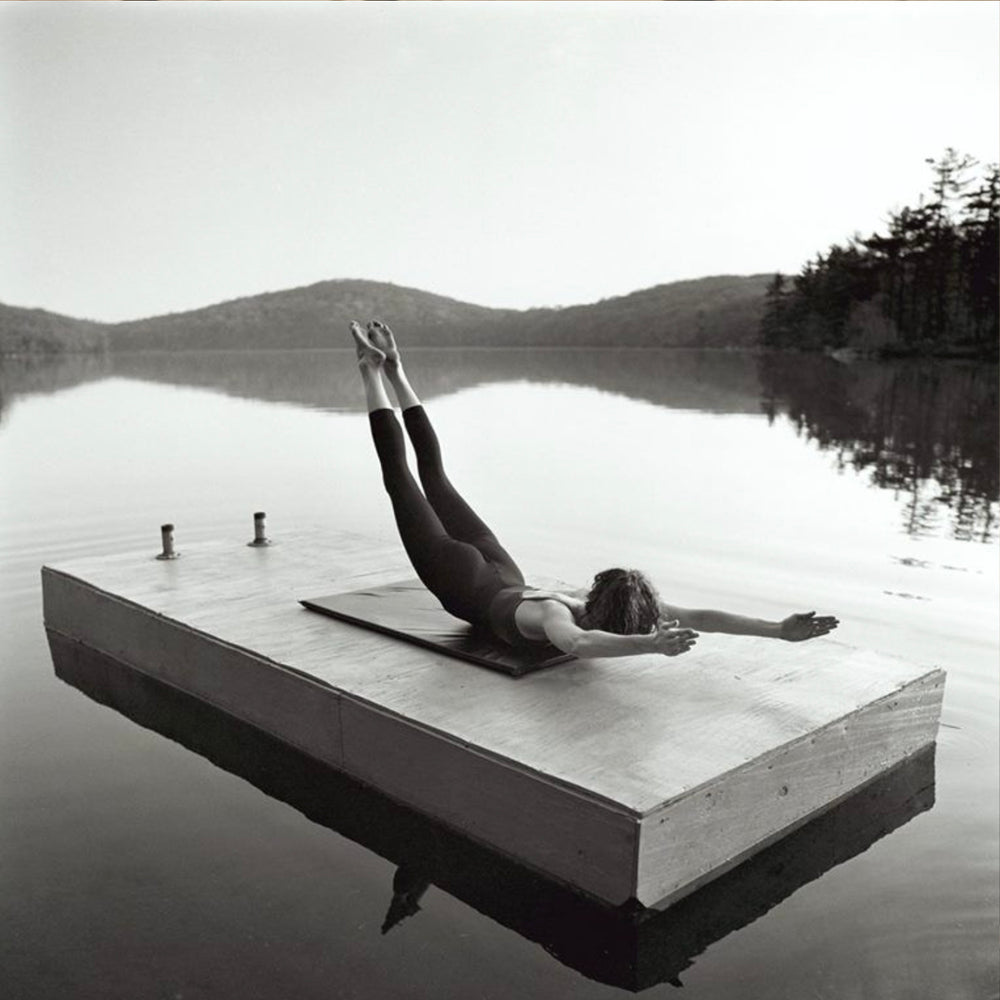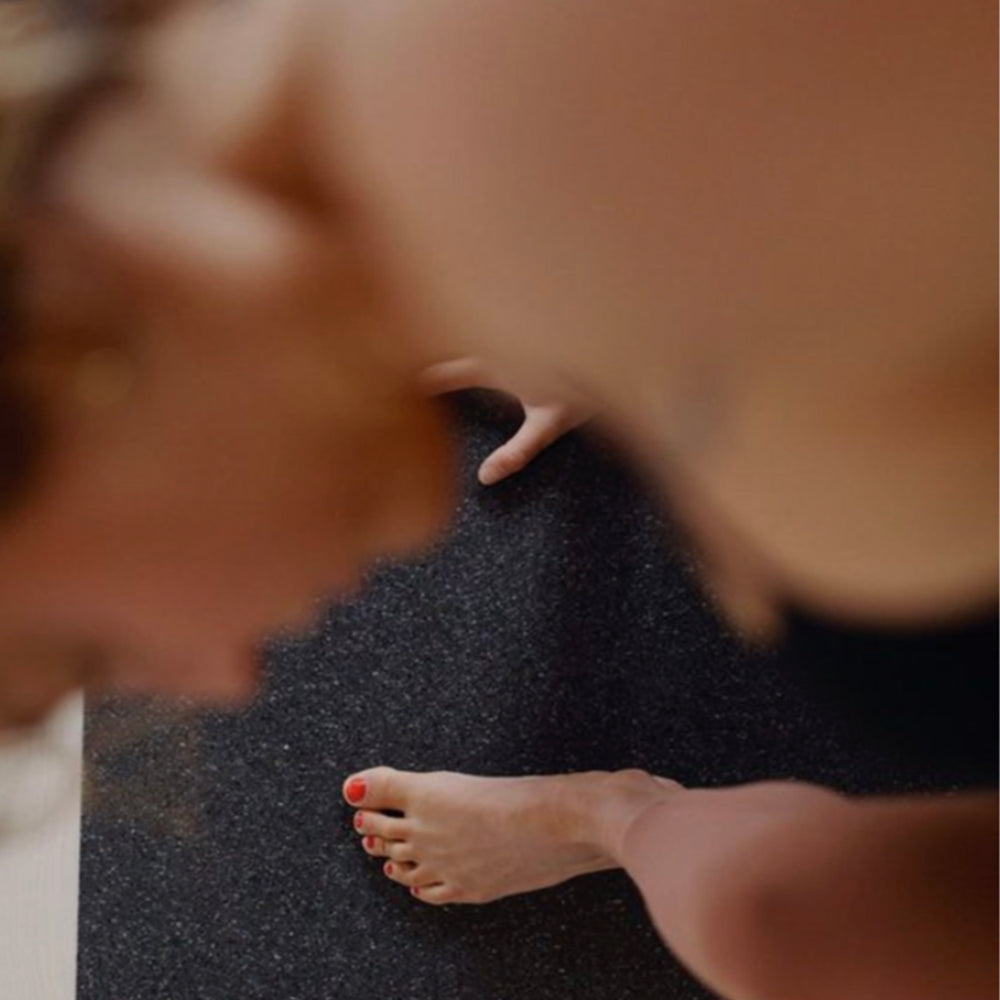 A sound bath is a unique and immersive experience, often described as a 'concert for the soul.' It involves participants lying down in a comfortable position, typically with closed eyes, allowing the deep, resonant sounds of various instruments to envelop them. This article will delve into the magical world of sound baths, exploring their history, the science behind their healing properties, and how to experience or conduct one.
The History and Origins of Sound Baths
Sound baths have roots in various cultures, with a history spanning thousands of years. Ancient civilizations like the Greeks and Egyptians recognized the power of sound and music for healing. In Eastern traditions, instruments such as Tibetan singing bowls have been used for centuries in spiritual practices.
Understanding the Healing Power of Sound
The healing properties of sound baths stem from the concept of resonance and vibration. Every part of our body, including our cells and organs, has a natural vibratory frequency. Sound baths use instruments that create sounds with frequencies and harmonics that can positively influence our body’s own frequencies, promoting relaxation and healing.
Instruments Used in Sound Baths
A variety of instruments are used in sound baths, each offering a unique sound and vibrational quality. These include Tibetan singing bowls, crystal bowls, gongs, chimes, and tuning forks. The choice of instruments can vary depending on the practitioner and the desired effect.
The Science Behind Sound Healing
Recent scientific studies have begun to explore the effects of sound on the human body. Research indicates that sound bath sessions can reduce stress, lower blood pressure, improve sleep quality, and even alleviate symptoms of depression.
Experiencing a Sound Bath
Participating in a sound bath doesn’t require any special preparation. Participants are encouraged to lie down comfortably, often with the aid of yoga mats, pillows, and blankets, and simply listen and absorb the sounds.
Conducting a Sound Bath: Tips for Practitioners
For those interested in conducting sound baths, it’s important to understand the nuances of the instruments and how they interact with each other. Creating a harmonious and soothing experience requires practice, a sense of timing, and an understanding of the flow of a session.
Integrating Sound Baths into Wellness Practices
Sound baths can be integrated into various wellness practices. They are often combined with yoga, meditation, or therapy sessions to enhance the overall experience.
The Role of Intention in Sound Baths
Setting an intention or focusing on a particular aspect of healing can amplify the effects of a sound bath. Practitioners often guide participants to set intentions before the session begins.
Online and Virtual Sound Baths
With the advent of digital media, virtual sound baths have become increasingly popular, allowing people to experience the benefits from their homes. While live sessions are ideal, recorded sound baths can also be effective.
Sound baths represent a convergence of ancient wisdom and modern understanding of wellness. They offer a unique and powerful way to experience deep relaxation and healing through the medium of sound. Whether as a participant or a practitioner, the world of sound baths opens up a realm of therapeutic possibilities, harmonizing the body and mind through the magic of sound.
In summary, sound baths are an accessible and profoundly impactful form of sound healing, suitable for anyone seeking relaxation, emotional balance, and a deepened sense of well-being. As we continue to explore the intersection of ancient practices and modern science, sound baths stand out as a meaningful and transformative experience in the journey of personal health and wellness.
|



















